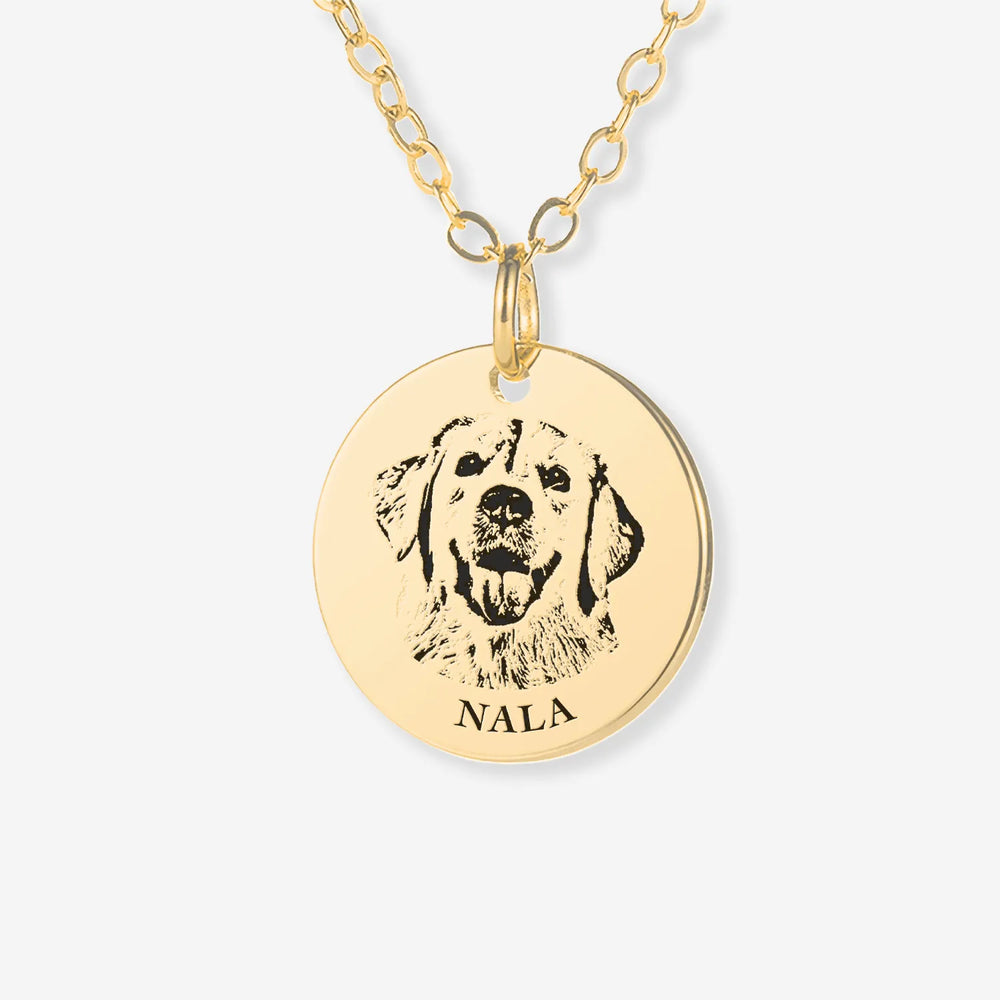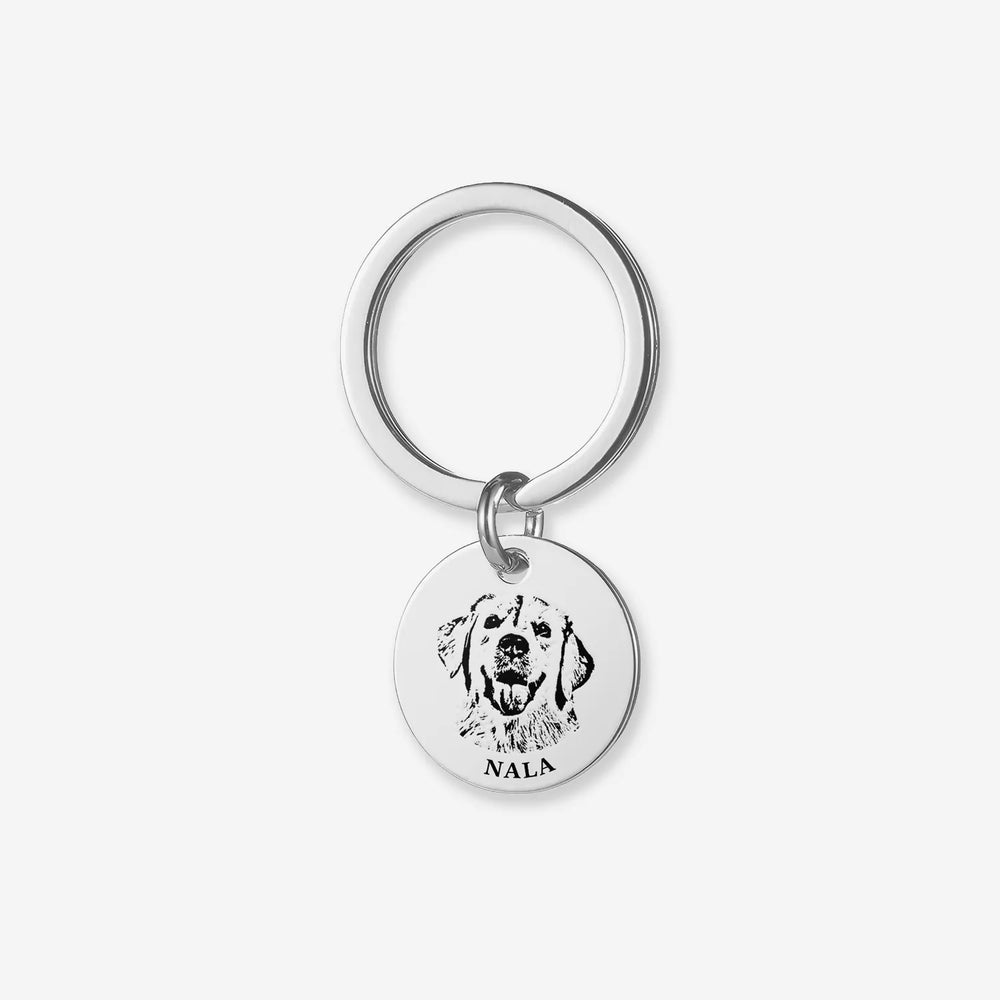Buy One, Get One FREE
Why Cats Curl Their Paws Underneath

Ever noticed how cats tuck their paws underneath themselves? This behavior is quite common among felines. Many cat owners find this habit both adorable and intriguing. Cats often curl their paws for various reasons, such as comfort, warmth, and relaxation. Observing a cat in this position can reveal a lot about its state of mind and environment. Whether your cat is feeling cozy or staying alert, this paw-tucking habit always sparks curiosity.
Cats Curl Their Paws: Comfort and Relaxation

Creating a Cozy Position
Cats tuck their paws to create a comfortable resting position. This behavior helps them settle into a snug spot, making it easier to relax. The act of curling up allows cats to feel more at ease. By tucking their paws, cats can achieve a compact and cozy posture.
Muscle relaxation plays a significant role in this behavior. When cats curl their paws, the muscles in their legs and paws relax. This relaxation helps reduce tension and promotes a sense of calm. The curled position supports the entire body, allowing cats to rest more comfortably.
Security and Safety
Instinctual behavior drives cats to seek security. Curling their paws underneath provides a sense of protection. This position makes cats feel less exposed and more secure. The tucked paws mimic the feeling of being in a safe environment.
Cats often curl their paws to feel hidden from potential threats. This behavior harks back to their wild ancestors who needed to stay alert while resting. By tucking their paws, cats can quickly spring into action if needed. This readiness adds to their overall sense of safety and security.
Warmth and Temperature Regulation

Conserving Body Heat
Cats tuck their paws to conserve body heat. The science behind this behavior involves minimizing exposed surface area. By curling up, cats reduce the amount of heat lost to the environment. This technique helps maintain a stable body temperature.
Curling helps in maintaining body temperature efficiently. Cats tuck their paws close to their bodies, creating a compact shape. This position traps warmth around the core. The curled posture acts like a natural blanket, keeping cats warm without expending extra energy.
Seasonal Behavior
Cats exhibit increased curling during colder months. The behavior becomes more pronounced when temperatures drop. Cats tuck their paws more frequently to combat the chill. This seasonal adjustment helps them stay comfortable.
Climate influences cats' curling habits. In warmer regions, cats may curl less often. The need for body heat conservation decreases in mild climates. However, in colder areas, cats tuck their paws more consistently. This variation highlights the adaptability of feline behavior.
Instinctual and Evolutionary Reasons
Predatory Instincts
Cats tuck their paws due to their predatory nature. This behavior allows cats to stay ready for sudden movements. Wild ancestors needed to be alert while resting. Curling up helped them remain prepared for hunting or escaping threats. Cats today still carry these instincts.
The connection to wild ancestors plays a big role. Ancient felines often slept in tight, hidden spaces. This habit provided safety and warmth. Modern cats mimic this by curling their paws. The position helps them feel secure and ready for action.
Protection of Vital Organs
Cats tuck their paws to protect vital organs. This instinct ensures that important body parts stay safe. When resting, cats curl up to shield their chest and abdomen. This position minimizes exposure to potential dangers.
Evolutionary advantages come from this behavior. Protecting vital organs increased survival chances for wild cats. Over time, this habit became ingrained. Domestic cats continue to exhibit this trait. Curling their paws offers both comfort and protection.
Observations and Variations
Individual Cat Preferences
Different cats have unique curling habits. Some cats curl their paws tightly, while others prefer a looser tuck. Each cat's personality influences these preferences. For instance, more relaxed cats might curl less tightly. More anxious cats might keep their paws tucked in closely.
Factors influencing these preferences include the cat's environment and daily routine. Cats living in colder climates may curl more often to stay warm. Cats with access to cozy spots might curl differently than those without such spaces. The presence of other pets or people can also affect a cat's curling behavior.
Age and Health Factors
Age affects curling behavior in cats. Younger cats tend to curl their paws more frequently. This behavior helps them conserve energy and stay alert. Older cats might curl less often due to stiffness or arthritis. These conditions make it harder for them to maintain the curled position.
Health conditions can influence this behavior as well. Cats with joint issues might avoid curling to reduce discomfort. Overweight cats might find it challenging to tuck their paws underneath. Regular vet check-ups can help identify any health problems affecting a cat's curling habits. Observing changes in this behavior can provide insights into a cat's overall well-being.
Cats curl their paws for several reasons. Comfort, warmth, and relaxation top the list. This behavior is natural and instinctual. Cats feel secure and ready to spring into action when needed. Observing a cat's unique habits can offer insights into its well-being. Cat owners should appreciate these adorable quirks.
"Cats curl their paws to keep them warm, to prepare for a nap, or to ensure that they’re ready to get up and go."
Feel free to share your own observations and experiences with your feline friends.



















